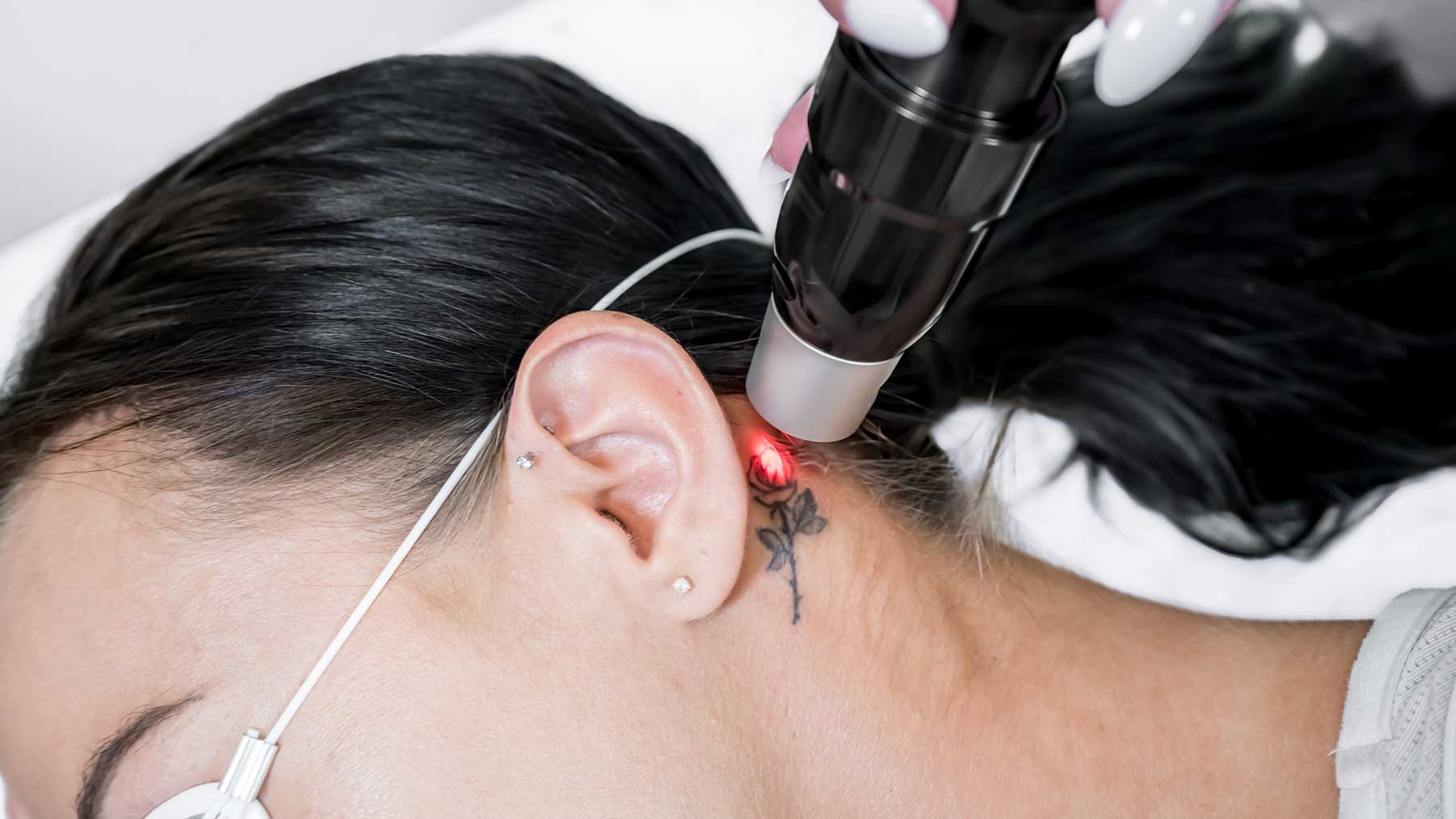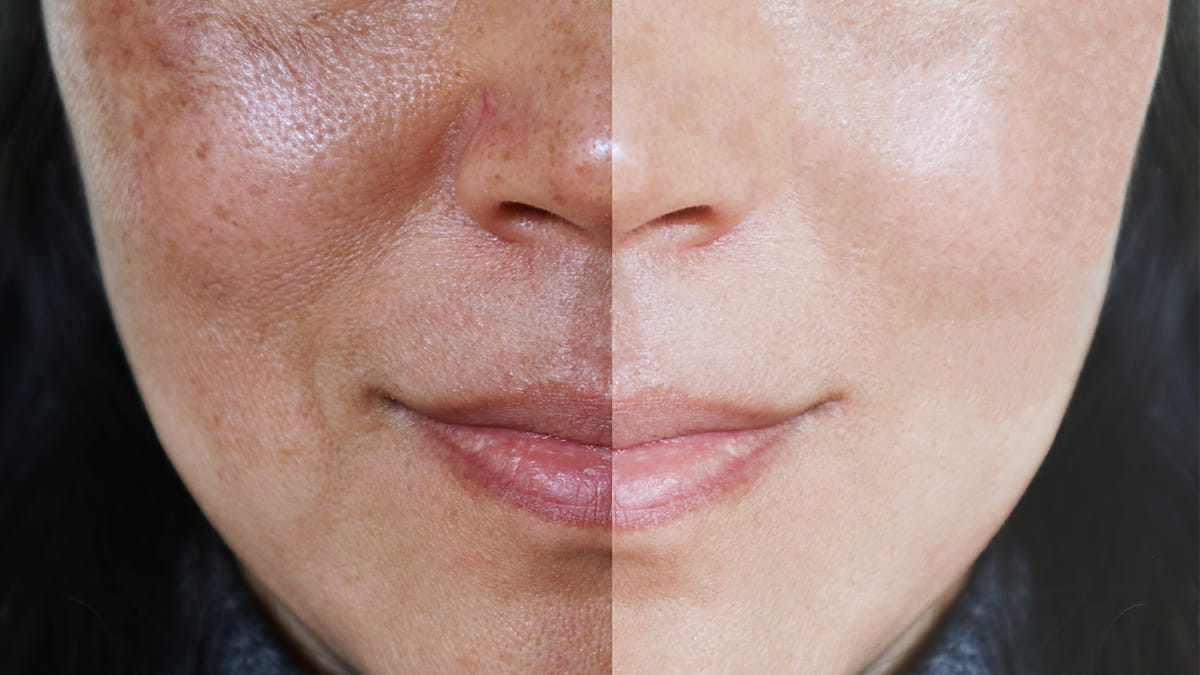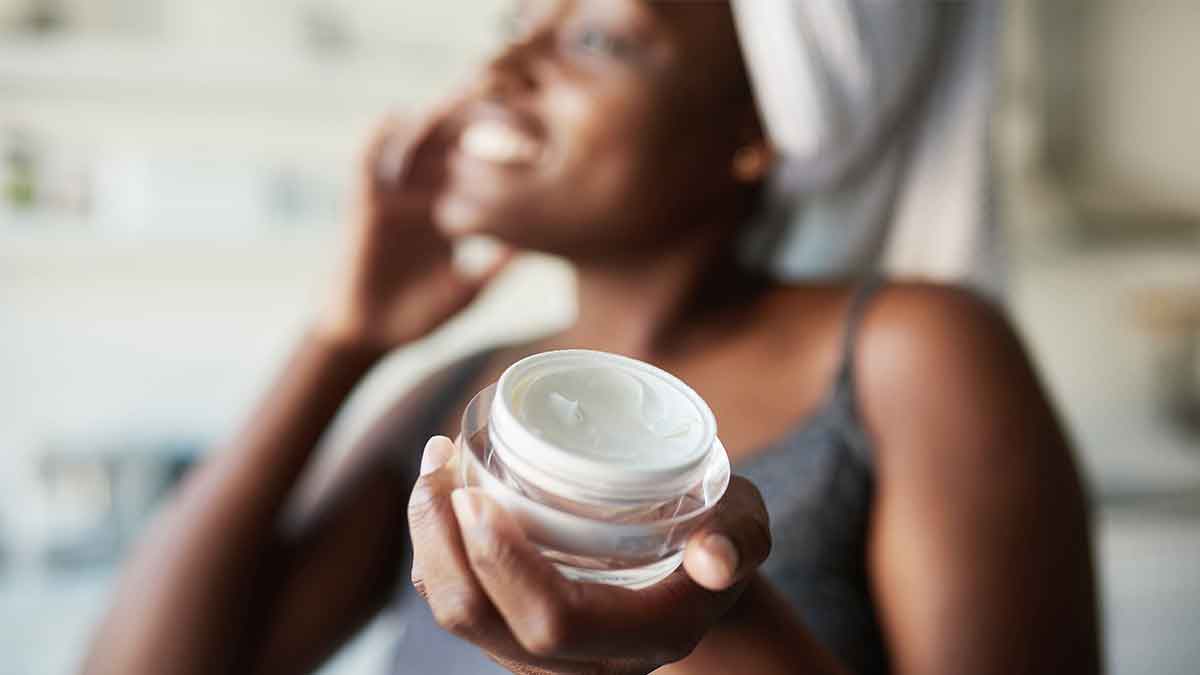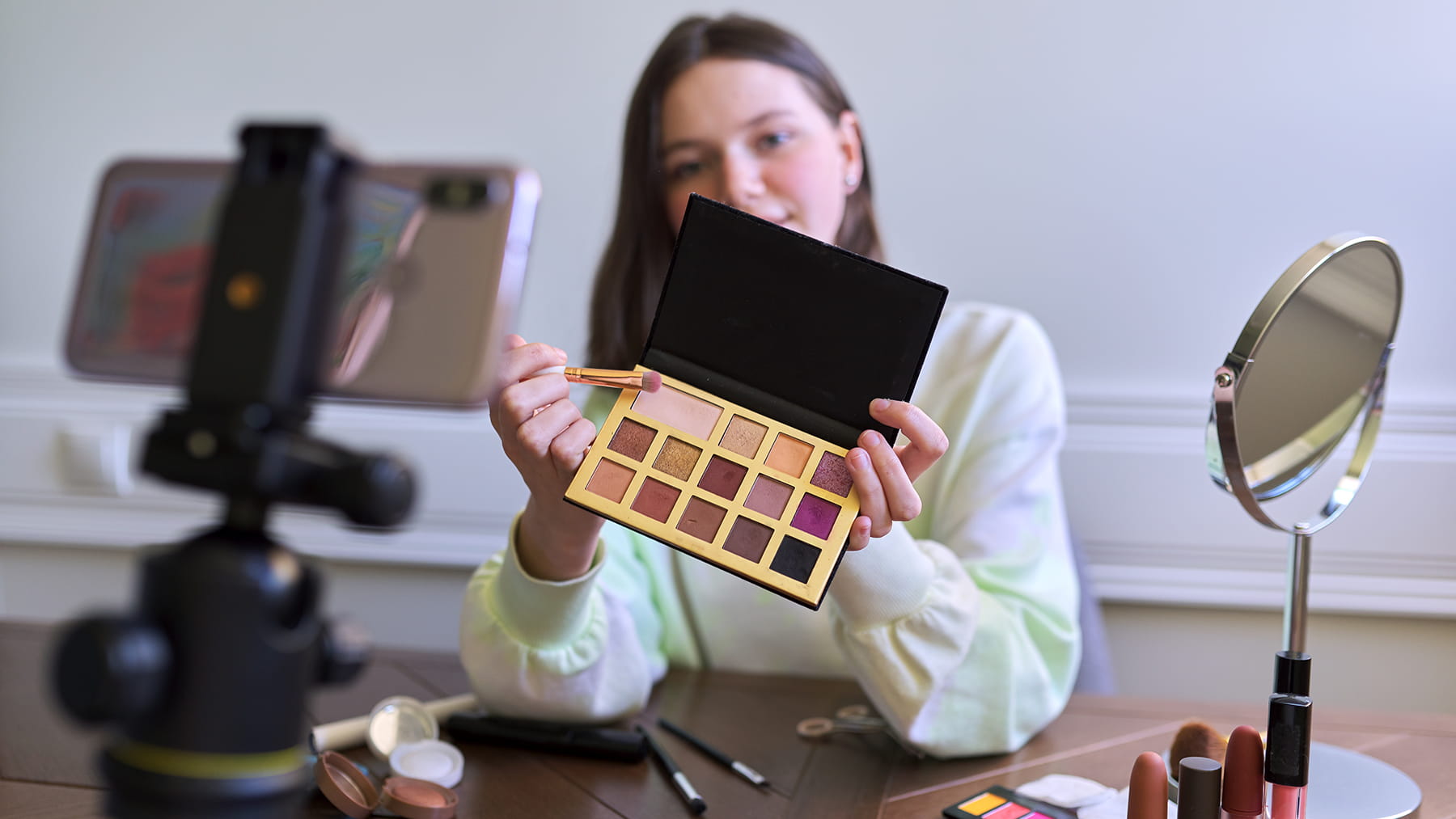What to do if you’re rethinking your body ink

Having second thoughts about that tattoo you got years ago? There may be something you can do about it.
Body ink can be removed with laser treatments, chemical peels, dermabrasion or surgery. Laser removal is most common. Chemical peels, dermabrasion and surgery aren’t used often and can cause scarring.
When considering laser tattoo removal, it’s important to have realistic goals and expectations. Tattoo removal is a lengthy process and it may not be completely removed. It’s also not recommended for people who have an active infection or for women who are pregnant or breastfeeding.
Schedule a consultation
The first step is a consultation with a board-certified dermatologist or physician who’s been laser trained and has experience. During the consultation, I’ll evaluate the type of tattoo ink that was used. We’ll discuss the age of the tattoo and whether it was done by a professional or an amateur. I’ll make note of your skin color, as the amount of melanin in the skin will determine the type of laser that’s used. I’ll look for moles within the tattoo so they can be avoided during the laser removal process. We’ll discuss your medical history, medication use—especially whether you’re currently taking oral gold therapy or have taken it in the past—and if you have a history of keloidal scars. We’ll also talk about the risks of laser tattoo removal such as infection, poor wound healing, scarring and skin discoloration.
How does laser tattoo removal work?
When you get a tattoo, a needle is used to place large pieces of ink into the skin. During laser treatment, heat breaks the ink into smaller fragments that your body’s immune cells can clear away.
Laser tattoo removal can be painful. The laser pulses may feel similar to the tattoo application process or like a rubber band repeatedly hitting the skin. A topical numbing medication can be applied to help with the pain.
How long does it take to remove a tattoo?
Tattoo removal is a long process that requires patience. Depending on the color and type of tattoo ink, the size of the tattoo and whether it was professionally done, six to 10 laser treatment may be needed. Allow four to eight weeks between sessions so your body can heal and clear the ink fragments away.
If your tattoo is older and has loss of color, it may be easier to remove. The opposite can be said for new tattoos. The caveat to both is whether the tattoo was done professionally. In that case, it will still take longer to treat compared to an amateur tattoo of the same age.
How can I prepare my skin for tattoo removal?
Avoid sunlight prior to any tattoo removal procedure. You’ll also want to stop using skincare products with retinoid on the tattoo that you want removed.
How should I care for my skin after tattoo laser removal?
Clean the area with soap and water. Keep it moist with petroleum jelly or an antibiotic ointment and cover it with a nonstick dressing. Scabbing is common and can last for about 10 days. If a blister forms, keep the area moist and don’t remove the blister. Avoid the sun and use a sunscreen with a physical blocker such as titanium dioxide or zinc oxide.
Desmond Shipp is a dermatologist at The Ohio State University Wexner Medical Center and an assistant professor at The Ohio State University College of Medicine.




